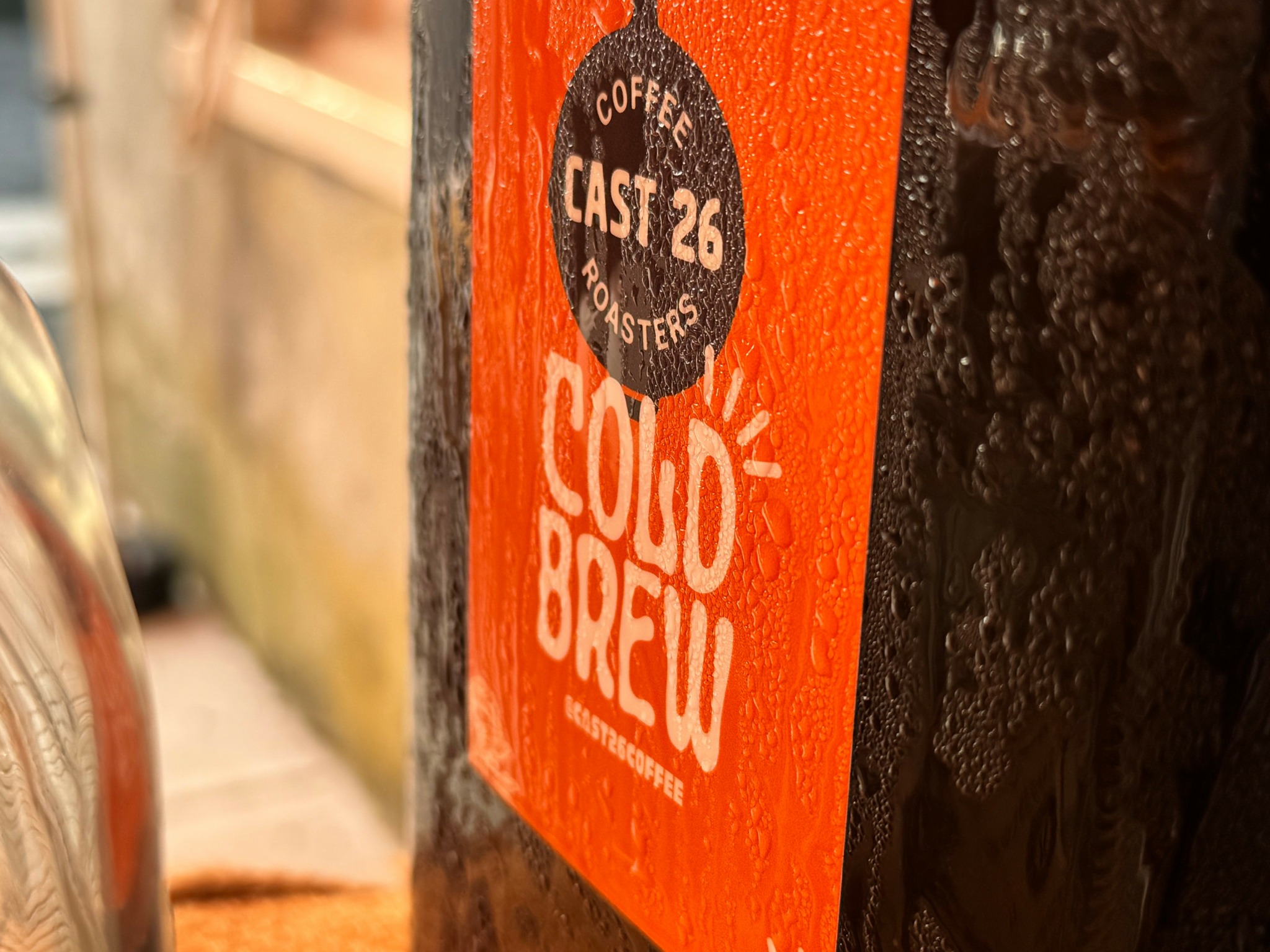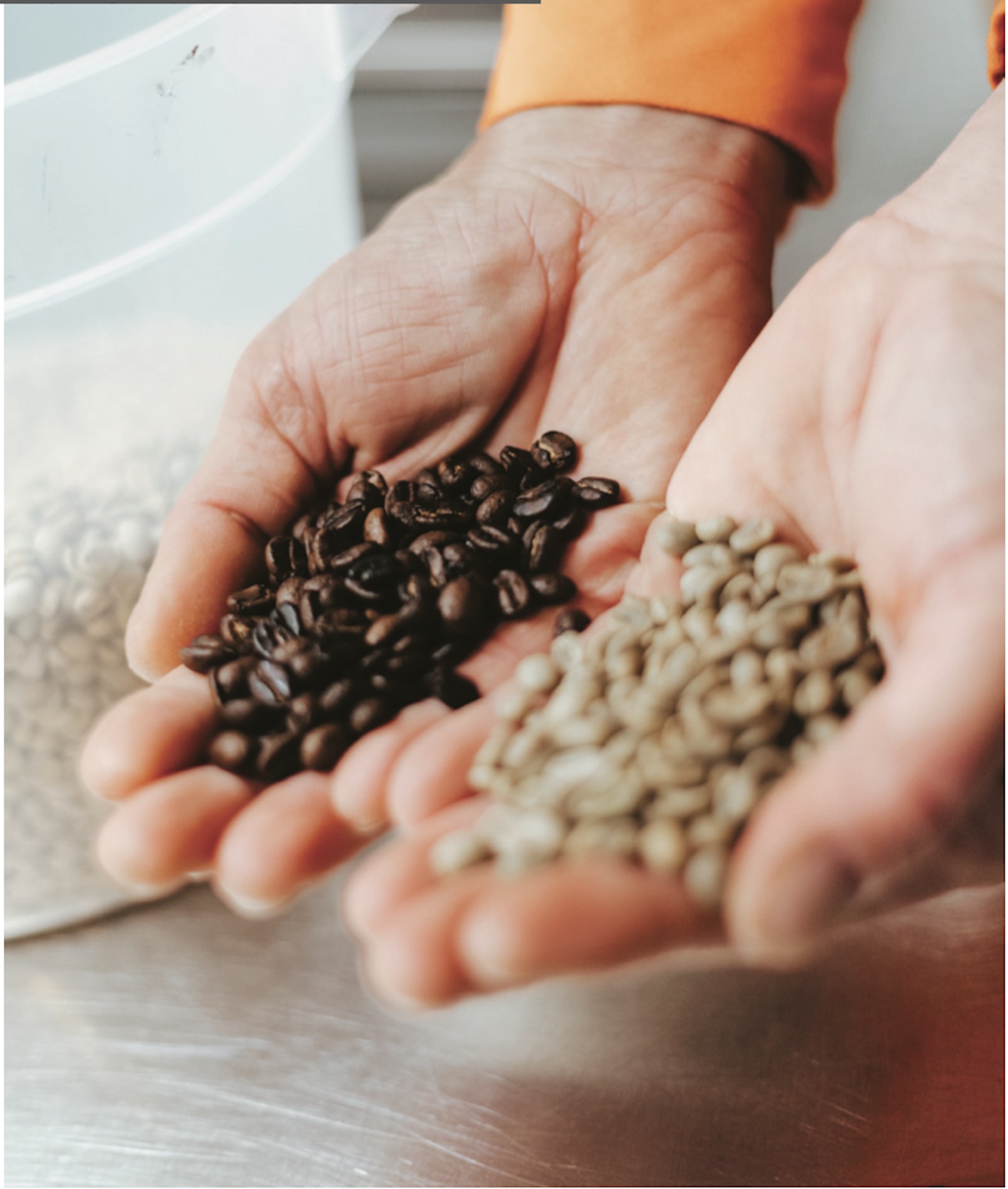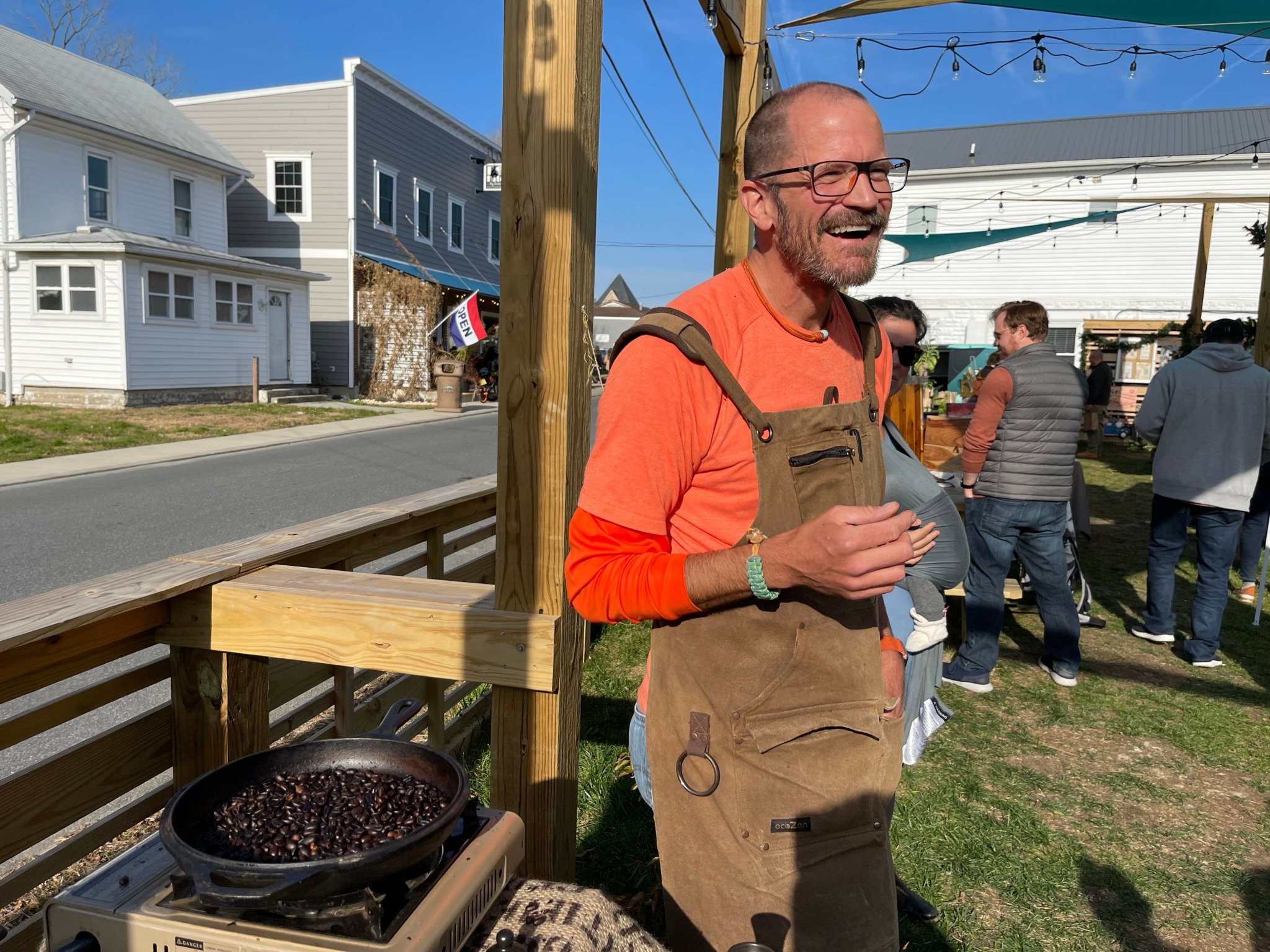Alright – so today we’ve got the honor of introducing you to Jeff Smith. We think you’ll enjoy our conversation, we’ve shared it below.
Jeff, thanks for taking the time to share your stories with us today We’d love to have you retell us the story behind how you came up with the idea for your business, I think our audience would really enjoy hearing the backstory.
Back in 2014, I went on a search for good coffee. I tried all the local roasters in my area, as well as every bag of coffee on the shelves at the grocery store. They all lacked something. They were either too bitter and upset my stomach, or too old, or too light, or too dark. I gave some thought to roasting my own beans, but home coffee roasters were expensive. I had no idea if this would be something I’d want to do more than once and I didn’t want to pay a lot of money for a kitchen gadget I’d use once or twice. (Hello bread machine.) Then I looked up on my pan shelf and saw one of my oldest and favorite kitchen tools: the cast iron pan.
Flashback to 2010 when I traveled to Ethiopia to meet my daughter. At the orphanage I had the opportunity to participate in a traditional coffee ceremony, performed to mark special occasions or important events. During the ceremony, a small amount of green coffee was roasted in a pan over an open flame right in the main house of the orphanage. The freshly roasted coffee was ground and brewed in a ceramic pot called a jebena and then served in small ceramic cups. The brewed coffee was shared among all the participants, each of us receiving three cups of coffee we’ll never forget.
Applying what I’d experienced in Ethiopia, with supplemental knowledge from a few online videos, I roasted my first small batch of beans in a 9-inch cast iron skillet on our electric stovetop. Though the house filled with smoke, the coffee was delicious, and transforming the beans from green to nut brown to roasted was really a lot of fun. I took future roasts outside, upgraded to a 5-quart dutch oven on a propane fueled pot stove, and appropriated a pasta pot with colander as a cooling bin. Every month or so I roasted enough coffee to keep our Chemex filled daily.
When 2020 hit and the world turned on its head, I came up with this idea of selling the beans. I set up the stove on a camping table at the Berlin Farmers Market and in three hours sold out of a couple dozen half pound bags of Ethiopian Harrar. The next Sunday, I sold out again. Each week, more visitors appeared at my table, as well as a lot of returning customers. I loved seeing the same smiling faces each week, getting to make new friends, and chatting with old ones.
Since that first batch of coffee, we’ve grown from a 9-inch skillet, to a 9-quart pot, to a 5-gallon pot roasting more than five pounds per batch. With each batch of coffee I learn a little more, and discover a little more, about coffee, about roasting, about life. Roasting is meditative: I can’t do anything but stir those beans for the 9 to 12 minutes they’re in the roaster. Our coffees are full of flavor, bold without bitterness, and unique–we are the only commercial roaster that roasts all our coffees in a flat bed cast iron roaster. I take pride in each batch of coffee we roast, and in every bag of coffee we sell.
Cast 26 Coffee was born from my love of exploration and experimentation, and from the thrill at meeting others who love the taste of a good cup of coffee as much as I do.

Great, appreciate you sharing that with us. Before we ask you to share more of your insights, can you take a moment to introduce yourself and how you got to where you are today to our readers.
I started with a simple idea: roast coffee in a cast iron skillet. And that’s what I do. The process was borne from my love of coffee, from an innate do-it-yourself attitude, and from my desire to do something different with coffee. All of our coffees are roasted in a cast iron pot, crafted with love and care not just for the coffee but for our the folks who enjoy it.
Most coffee in the world is roasted in one of two ways. The first is a drum roaster which is like a clothes dryer. Beans are dropped into a horizontally turning drum which is heated using either electric or gas powered heat. Heated air is moved through the drum to allow the beans to roast using two heat transfer methods: conduction and convection. The second method uses only hot hair to roast the beans in a method called fluid bed roasting. Fluid bed roasting uses only convection heat transfer. The flat bed roasting method uses conduction to roast the coffee as the beans are heated directly by the cast iron skillet, which evenly distributes the heat across the surface of the pot. This allows for an even roasting, so long as the beans are constantly in motion. Enter the stainless steel whisk, which both turns and churns the beans to prevent scorching of beans and create an even roast throughout each batch.
Our method creates crafted coffees that are bolder, cleaner, and less acidic, than other roasters. It’s both uniquely original, and as old as coffee itself, dating back to those first beans roasted by the Ethiopian goatherd Kaldi. To experience the pleasure of a well crafted cup of coffee visit us at cast26coffee.com.

Can you tell us about a time you’ve had to pivot?
Before I started roasting coffee, I wrote. I spent the first half of my life writing: books, essays, advertising copy, magazine articles, interviews, reviews. From when I was about eight years old, writing was all I wanted to do with my life. I published my first novel in 2014 (Mesabi Pioneers, available on Amazon), and wrote a second a couple years later. But sometimes life has other plans for us. I brought my son home in 2016, and shortly after I began work as a technology consultant to bring some extra income into the home. My writing life got put on hold.
Then came the pandemic, and the whole world turned upside down. I continued to write, but the one part of writing that had always been hardest for me–selling it–came even harder. I’d been roasting coffee for years, and on a whim I set up a table at a local farmers market to sell a few bags. I thought it would be a side hustle, that I’d make a little money which I could use to self-publish my second novel.
Then a funny thing happened. I enjoyed not only roasting coffee, but also selling it. I didn’t have to convince people to try what I was making because people already drink coffee. I was simply offering something completely unique in the coffee world, something they’d never tried before. And I enjoyed it. Enjoyed roasting, enjoyed selling, and enjoyed learning about the process of building the business. I had to learn to understand profit margins and cost of goods, how to manage business cash flow, and how to maintain inventory. I had to create pricing structures and marketing plans. I was learning new things and discovering new things about myself in the process. The most important was that I didn’t have to remain stuck in thinking that I had to be what my eight-year-old self wanted me to be, and that I could learn new things. Not only learn how to roast coffee that was consistent, but how to build a business to sustain that roasted coffee, and how to build a brand that was both a reflection of the business, and a reflection of me. I learned to put passion into something, and that no matter what, to keep moving forward.

What do you think helped you build your reputation within your market?
The most important thing that helped me build a reputation, and to gain customers (and still is): authenticity. Cast 26 Coffee as a brand is not just another coffee. The truth is, most roasted coffee is the same. It’s all roasted using the same methods and with the same types of equipment. While there are differences in quality that derive significantly from the expertise of the roaster, selling coffee is more about marketing than about creating a coffee that is truly unique.
Cast 26 Coffee is different. We are not just another coffee roaster. We roast our coffee differently, in a way that not only speaks to the uniqueness of the coffee, but the uniqueness of the brand. It was borne from my connection to Ethiopia, which is the birthplace of coffee (and the birthplace of my daughter). In homes across Ethiopia, coffee is roasted just like we roast: in a pan over an open flame. The number 26 comes from the atomic number of iron, and is also the number of miles in a marathon. I have been a runner most of my life, and have completed 16 marathons. (I plan on taking that number up to 26 in the coming years.) Marathon running has been an important part of Ethiopia’s history, too. One of our coffee blends, Runners High, is an homage to this rich heritage of coffee and running in Ethiopia. Iron is also at the heart of my novel, Mesabi Pioneers, which is about the Finnish pioneers who mined iron on northern Minnesota’s Mesabi Iron Range in the early 1890s.
Building the Cast 26 Coffee brand has been relatively easy, especially in comparison with learning how to roast coffee, and learning how to run a business, in part because Cast 26 Coffee is a reflection of who I am as a person: friendly, fresh, bold, and original. But the most effective thing we’ve done is to be as real, and as authentic, as possible. We don’t embellish when describing our coffees. We like to tell the story of how the coffee came to be, and let the flavor of the coffee speak for itself.
Contact Info:
- Website: https://www.cast26coffee.com
- Instagram: cast26coffee
- Facebook: cast26coffee
- Youtube: @ironskilletcoffee





